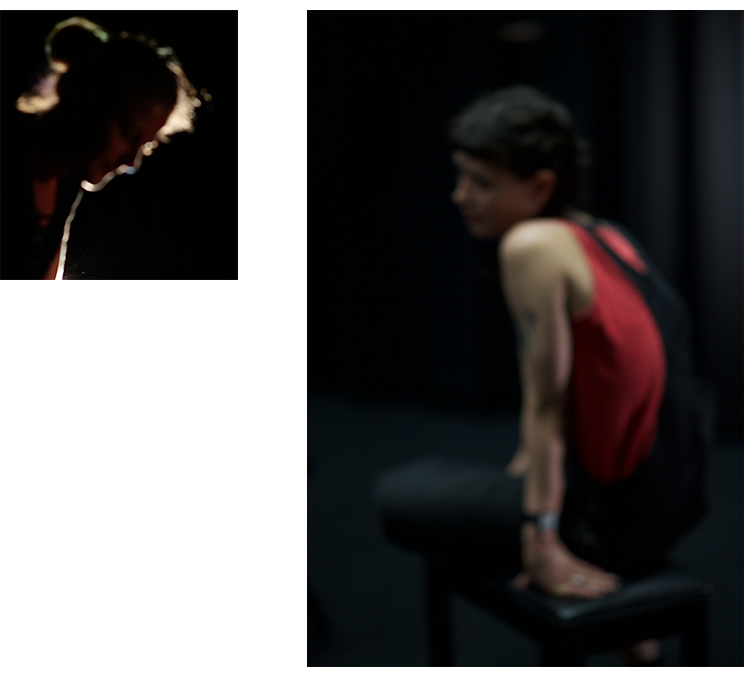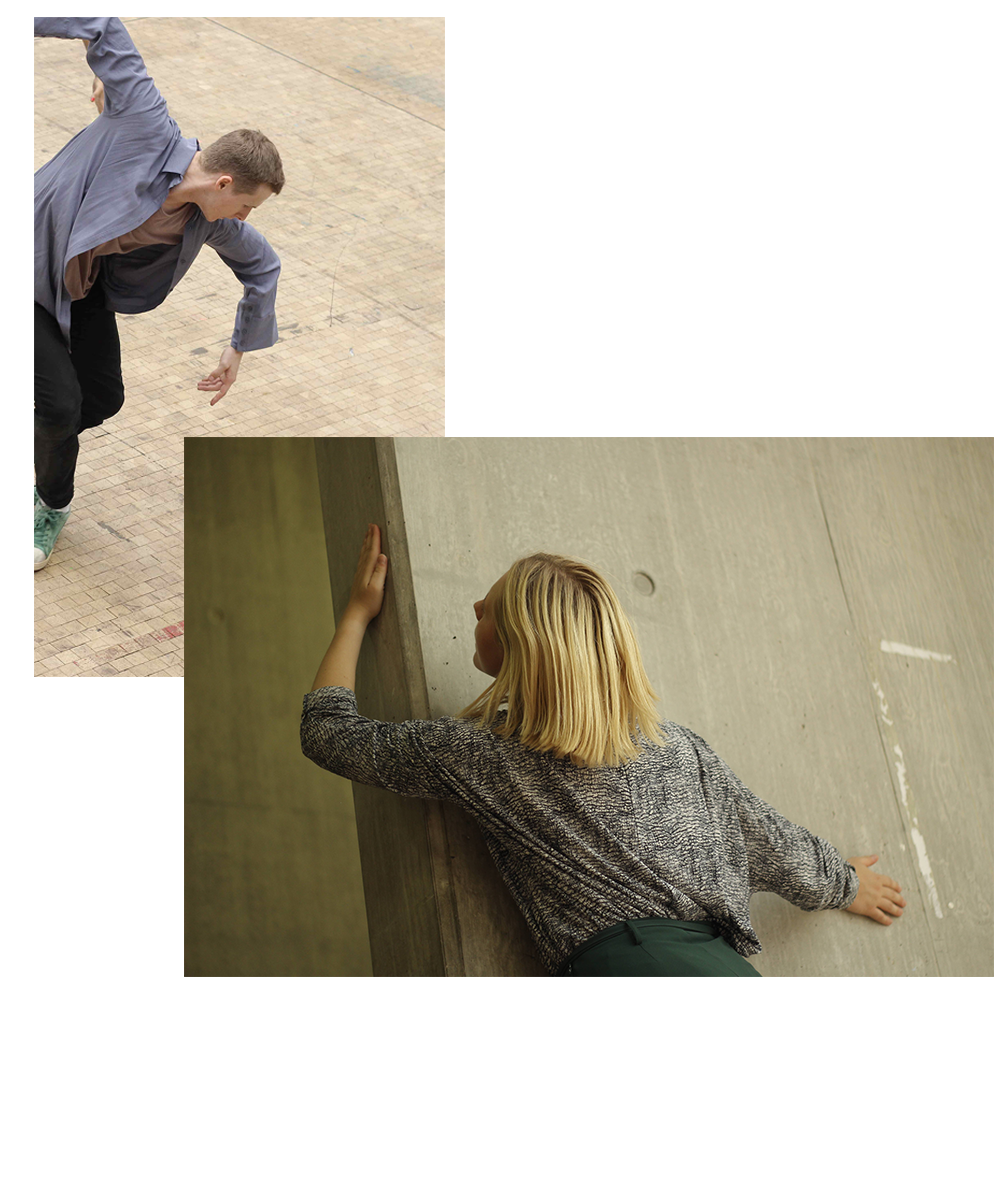–
Stuckness
Participatory artwork exploring creative block
through performance, image and text.

1. BECOMING

It’s not easy, is it? When we can’t progress with clarity and ease, we can slip into an unpleasant state of uncertainty and doubt. It can feel disorientating and overwhelming.
Feeling stuck is most closely aligned with creative block, but the feeling is not exclusive to the creative industries. It’s universal; we are creative every day in solving problems. Stuckness relates to process, and the frustrating feeling of a simple task becoming complicated.
![]()
Feeling stuck is most closely aligned with creative block, but the feeling is not exclusive to the creative industries. It’s universal; we are creative every day in solving problems. Stuckness relates to process, and the frustrating feeling of a simple task becoming complicated.



Desperate for a way out of this feeling, we sometimes say things we don’t mean or proceed in the wrong way - anything to ease the uncertainty. But perhaps we can understand this state and manage it with skill and care. What if stuckness became tolerable - even useful?
2. NOTICING
Ask yourself why you are stuck. Try to refrain from the critical voice and instead be curious. “I am worthless, that’s why.” No. It is widely reported in academia how important this state is for development. Stuckness may be a call from somewhere in your intellect to find a new path.
Notice how it feels to be stuck. Is it heavy or is it light? Are your senses sharpened or dulled? Creative practice allows us to explore this feeling in detail. Our first film captures a variety of perspectives:
3. MOVING

We worked with performers and dancers to build a new vernacular around feeling stuck. Using movement was important. In our research we heard “I go for a walk” as common technique for how to unblock yourself, so we extended this piece of motion.
Movement also allowed for the internal struggle to be communicated non-verbally. Cathartic motion, postures and sounds build up a fresh vocabulary.
Movement also allowed for the internal struggle to be communicated non-verbally. Cathartic motion, postures and sounds build up a fresh vocabulary.



Performers began by interrogating their own experience. Some found the feeling heavy and gravity-augmenting; others associated it with a light dizziness. One compared it to the attempt of picking a credit card up from the floor; the frustration of trying to grasp it.
The process was reflective throughout. “How can you get out?” was a common question. We played and probed with how the body can free itself from an overwhelming encounter.
![]()
The process was reflective throughout. “How can you get out?” was a common question. We played and probed with how the body can free itself from an overwhelming encounter.

4. WAYFINDING
The body is intelligent. Could the psyche mimic the body’s way of problem-solving? Is there a way our thoughts can perform twists, releases and inversions? We observed how the body worked with barriers and resistance - when it would become tense or side-step. “How can you get out?” we asked again and again.
Film two allows the thinking body to take the lead:
5. UNDERSTANDING

Our intention was not to create a ‘how-to’ for becoming unstuck. Each of us will have different methods for managing our stuckness and healing ourselves. It is a call to turn towards this sensation. Understand it. Ask yourself questions about it - and try to do so with openness and flexibility.
Stuckness is an entanglement. It is limbs overlapping and the mind performing a difficult backbend, and it needs a release. It might require a new direction, or revisiting an old one. It is not a failure. There is a way forward. There is always a way.
-
Read more about the process.
Stuckness is an entanglement. It is limbs overlapping and the mind performing a difficult backbend, and it needs a release. It might require a new direction, or revisiting an old one. It is not a failure. There is a way forward. There is always a way.
-
Read more about the process.
CREDITS:
Artist & writer: David McGovern
Academic Lead: Graham Barton
Choreographer: Daisy Smith
Photographer: Mireia Deulofeu
Sound designer: Angus Kemp
Illustrator: Sarahlee Madigan
Artist & writer: David McGovern
Academic Lead: Graham Barton
Choreographer: Daisy Smith
Photographer: Mireia Deulofeu
Sound designer: Angus Kemp
Illustrator: Sarahlee Madigan